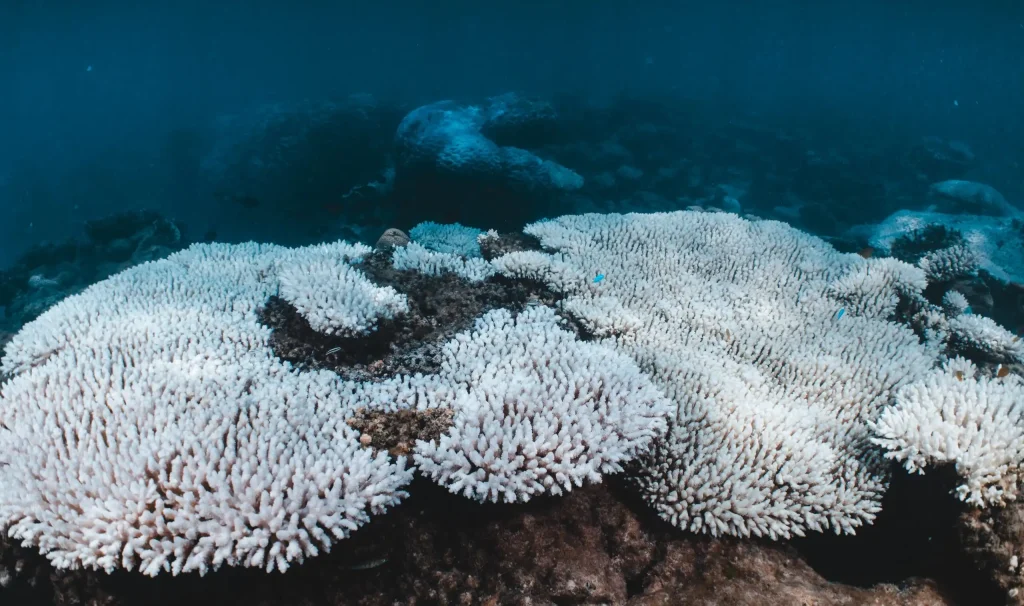Since 2023, a severe coral bleaching event has gripped oceans globally, continuing into 2025.
Rising sea temperatures, fueled by climate change, are devastating coral reefs, critical marine ecosystems supporting millions of species and coastal communities.
What Causes Bleaching?
Corals bleach when stressed by warm waters, expelling vital algae that provide energy and color.
Prolonged heatwaves, intensified by global warming, leave reefs white and vulnerable. If conditions persist, corals die, disrupting biodiversity and fisheries.
Global Impact in 2025
Reefs in Australia, the Caribbean, and the Pacific face unprecedented bleaching. Australia’s Great Barrier Reef reports over 60% of corals affected since 2023.
Caribbean nations see similar losses, threatening tourism and food security. Pacific islands note declining fish stocks, impacting livelihoods.
Scientific Warnings
Marine scientists warn this is the worst bleaching event on record. “Ocean temperatures are breaking records yearly,” a researcher noted.
“Without rapid emissions cuts, reefs may not recover.” Data shows 2024 sea surface temperatures hit historic highs, with 2025 on track to follow.
Economic and Ecological Stakes
Coral reefs support over 25% of marine life and protect coastlines from erosion. They generate billions in revenue for tourism and fishing.
Bleaching disrupts these benefits, endangering coastal economies and food sources for millions globally.
Efforts to Mitigate Damage
Conservationists are racing to save reefs. Initiatives include coral restoration, heat-resistant coral breeding, and marine protected areas.
However, experts stress that reducing carbon emissions is critical. “Local efforts help, but global action is urgent,” a conservationist said.
Call for Global Action
The crisis underscores the need for stronger climate policies. Nations are urged to honor emissions pledges and fund reef preservation.
As the 2023–2025 bleaching event persists, the world faces a narrowing window to protect these vital ecosystems.























